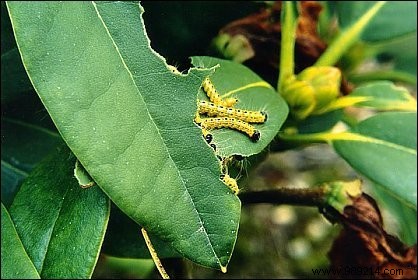
The cold of winter does not spare our pretty outdoor plants. Long before the arrival of this season, we must think about taking care of our planter, because cold and humidity are the main enemies of plants. Plagues that promote the development of diseases responsible for rotting leaves, and sometimes even roots. Of course, you can bring certain plants inside the house, but that does not protect them.
At this time of year, pelargoniums, anthemis and other plants will invite themselves indoors. It is appropriate at this time to set aside diseased plants, especially those with stained leaves or those that have not flowered enough.

Remove diseased leaves
In case of contact with the sick subject, other plants of the same species may indeed be affected. It is even worse if they are installed in difficult conditions, with low light or lack of ventilation. In this case, the botrytis settles on their dead parts.
To guard against the dangers, it is more prudent to remove all the diseased leaves, and if a plant is affected, it is better to eliminate it. Other precautions:dislodge parasitic insects with an insecticide, a week before bringing them inside. These are mealybugs, aphids...

Nocturnal beetle insects tend to attack nibbled leaves. The adults particularly attack the leaves of rhododendrons and hydrangeas. The soil becomes their place of laying while the roots are loaded with larvae. In order to fight against these insect pests, you have to wait until nightfall to eliminate the adults, just when they are feeding on the plant. If the attack is really serious, remove as much soil as possible, then sprinkle with an infusion of tansy to kill the larvae.
Apart from aphids and scale insects, snails are also very destructive pests of your plants. To reach their prey, they cling to the edges of saucers or in the cavities of wooden planters.
Regarding insects, they come in the form of larvae, eggs and cocoons during the winter. It is therefore impossible to know whether they are harmful or not. However, if they stand close to the plant, they intend to feed on it in the spring.

Potted Azalea and Rhododendron
Finally, to protect your pretty flowers, they more easily accumulate rainwater which may stay there and keep the soil soggy. Instead, opt for cachepots and other smooth containers that are much safer.